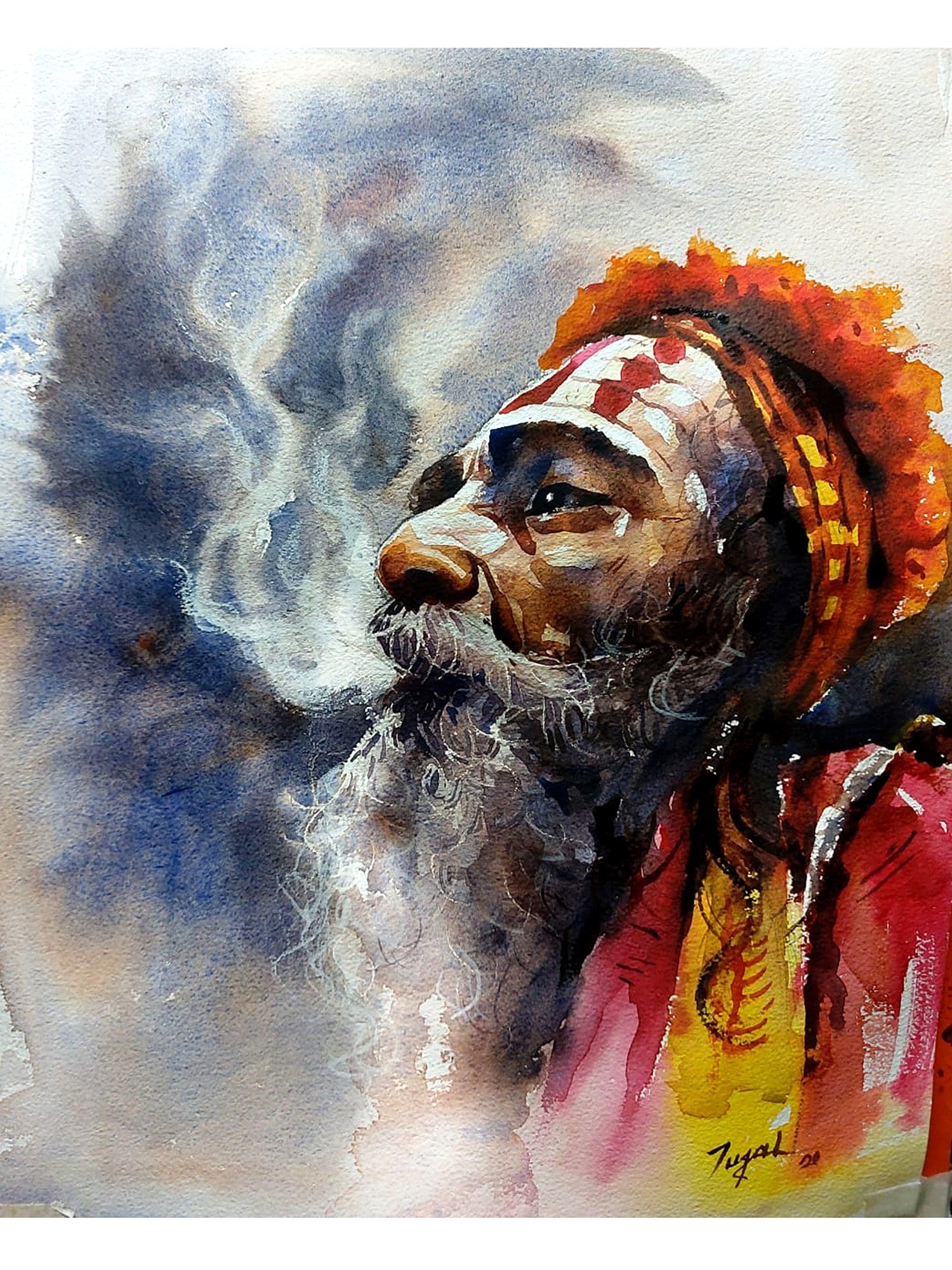Introduction to Watercolor Portrait Painting
Watercolor portrait painting is an enchanting art form that captivates both artists and viewers alike with its ethereal, translucent qualities and the unique way it interacts with paper. For beginners, dipping your brush into this medium might seem intimidating at first, but with the right techniques and a bit of practice, you can create stunning portraits full of life and emotion. This comprehensive guide will walk you through essential watercolor portrait painting techniques, from choosing materials to layering colors and capturing likeness, ensuring that even as a beginner, you embark on this artistic journey with confidence.
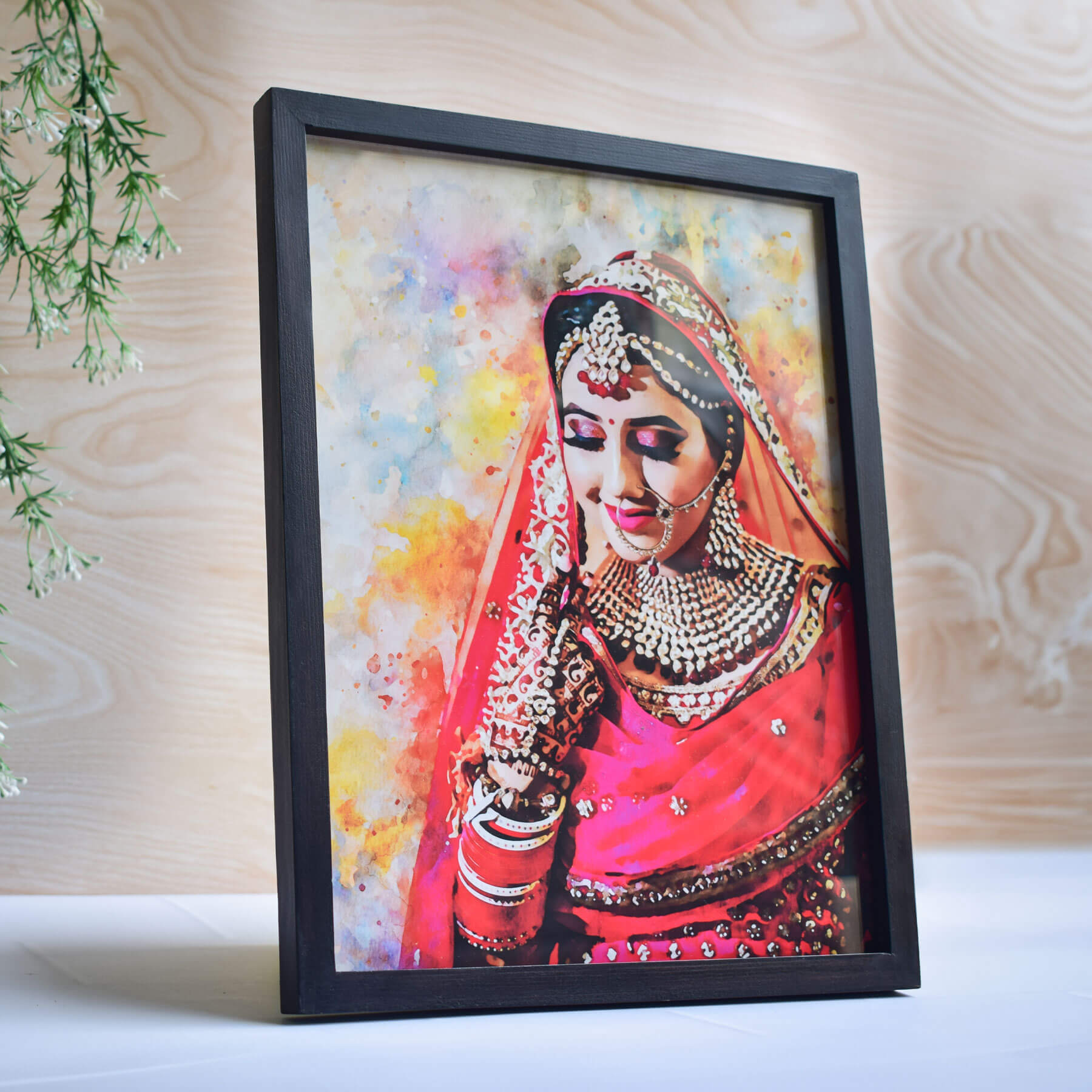
Selecting Your Materials: The Foundation of a Successful Portrait
The first step in your watercolor portrait adventure is selecting the right materials. Quality tools can greatly enhance your experience and the outcome of your work. Start by investing in a set of artist-grade watercolors; these offer better pigmentation and lightfastness compared to student grades. A basic palette should include primary colors (red, blue, yellow), plus black and white for mixing shades. As for brushes, opt for a variety of sizes: a round brush for detail work, a flat brush for washes, and a mop brush for blending. Choose a high-quality watercolor paper with a weight of at least 140lb (300gsm) and a cold press finish for its versatile texture that’s suitable for both fine details and broad washes.
Understanding Color Theory and Mixing
Before diving into painting, familiarize yourself with color theory. Understanding how primary colors mix to create secondary and tertiary colors is crucial for achieving realistic skin tones. Remember, skin isn’t a uniform color; it varies with light, shadow, and individual complexion. Begin by mixing a base flesh tone using yellow ochre, burnt sienna, and touches of red or pink. From there, adjust the hue with more or less of each component to capture different shades found in highlights and shadows. Practice on a scrap piece of paper until you’re comfortable mixing a range of natural-looking tones.
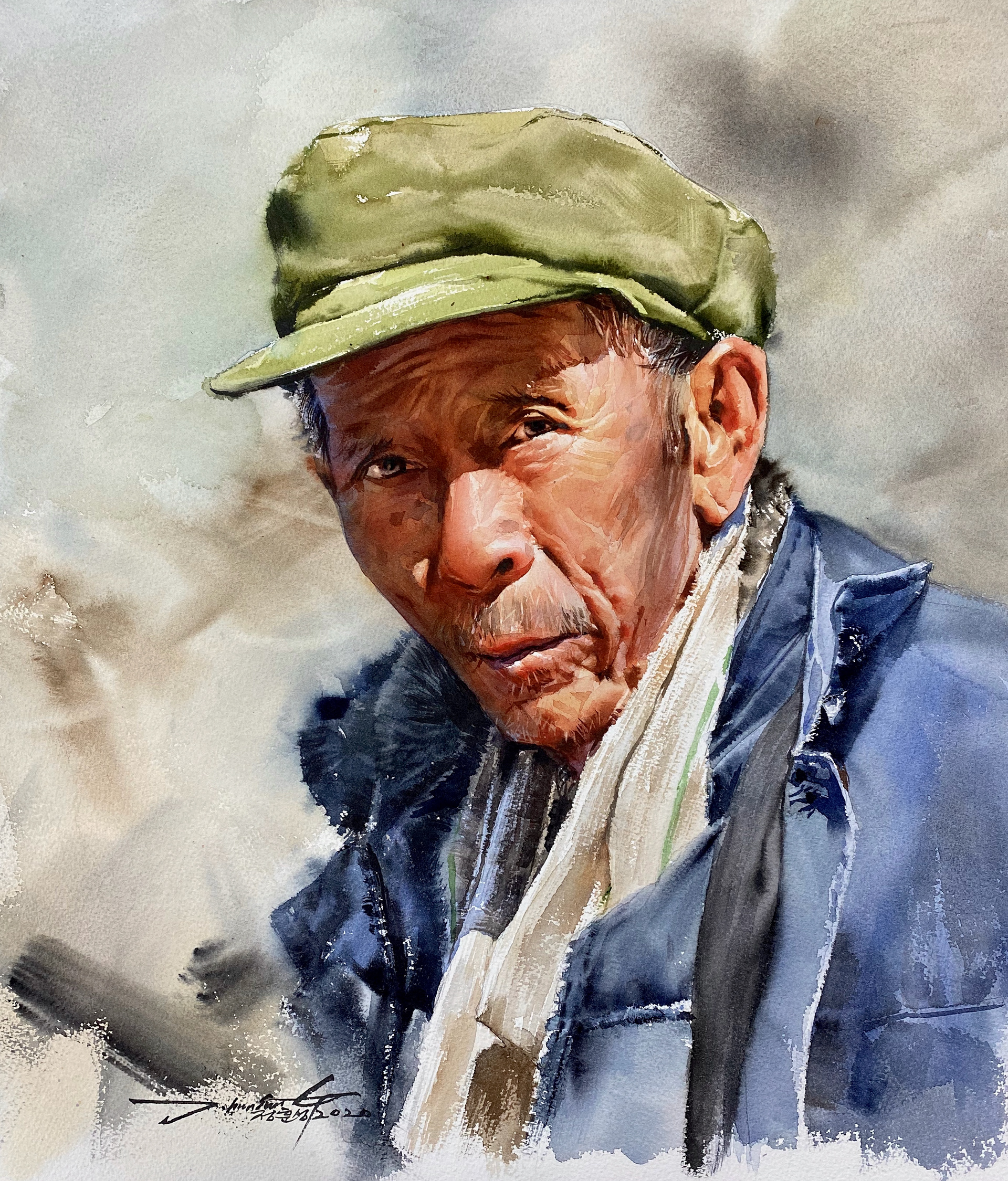
Sketching and Transferring Your Portrait
A well-planned sketch is the backbone of any successful painting. Begin by lightly sketching your portrait onto your watercolor paper using a pencil (HB or 2H works well). Focus on proportion and placement of features, keeping lines loose and minimal to avoid overpowering the final painting. If you prefer, you can also use a lightbox to trace your sketch onto the paper. Remember, watercolor is transparent, so any lines left will be visible unless carefully erased or painted over. Take time to ensure your composition is balanced and visually pleasing.
Layering Techniques: Building Up Your Portrait
One of the beauties of watercolor is its layering capability, allowing for depth and luminosity. Begin with a light wash of your base flesh tone over the face area, using clean water to dilute your paint for a smooth, even application. Allow each layer to dry completely before applying the next—patience is key as watercolor can easily be overworked. For shadows, deepen your mixture and apply it where light naturally falls less, such as under the nose, chin, and around the eyes. Use a dry brush technique or lifting out color with a damp brush to create highlights, giving form and dimension to the face.
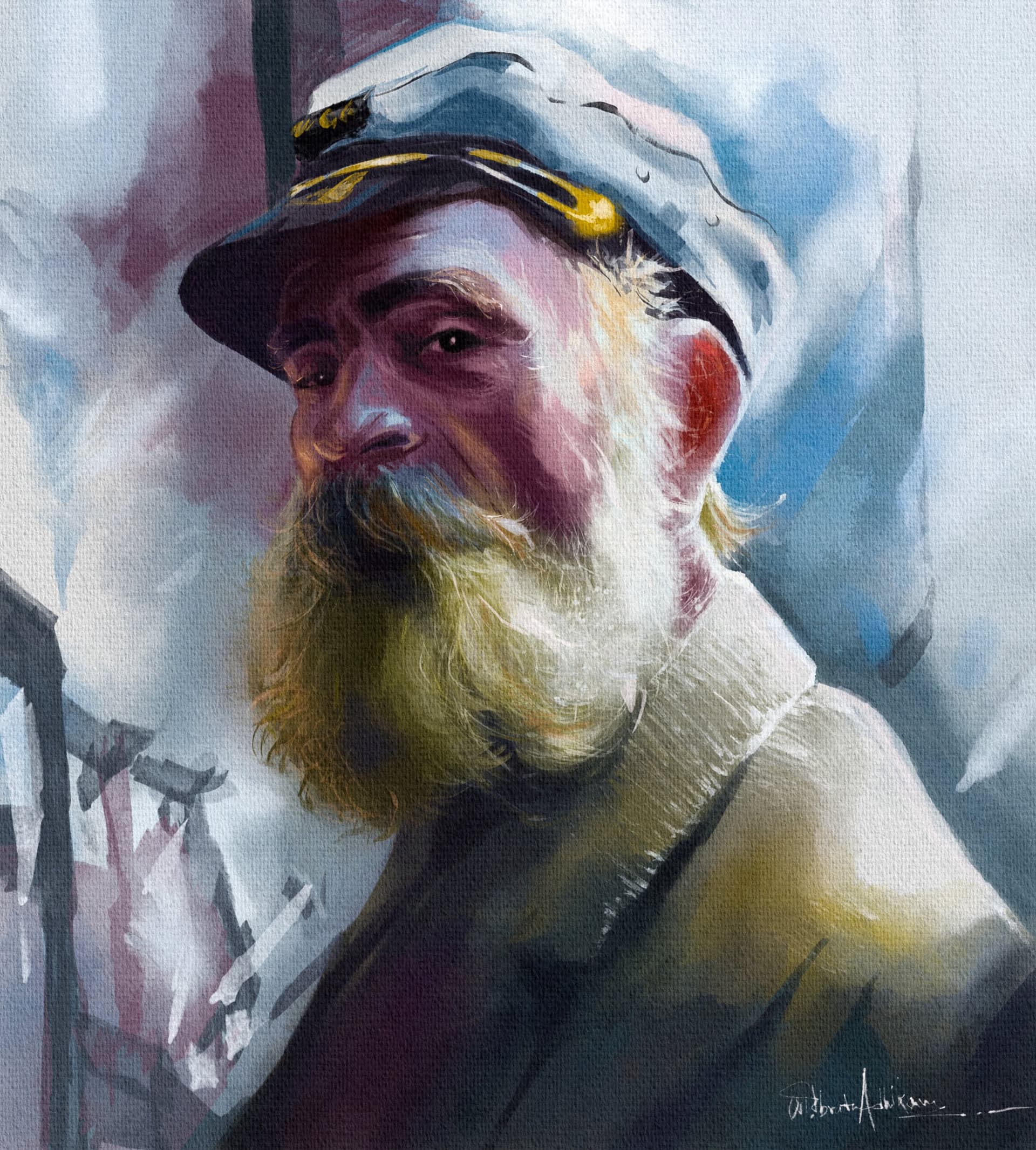
Capturing Expressive Eyes: Windows to the Soul
Eyes are often considered the most expressive part of a portrait. Start by outlining the shape with a diluted mix of your flesh tone, then add depth with darker hues like Payne’s gray or sepia for the iris and pupil. To bring life to the eyes, add small reflections using a lighter color, often white or a light blue. Pay attention to the catchlight, a small highlight that gives the illusion of moistness and liveliness. Surrounding the eye with subtle shadows can enhance its three-dimensional appearance. Remember, slight asymmetries and variations can make the portrait feel more authentic and engaging.
Mastering Facial Features: Nose, Mouth, and Ears
Moving on to the nose, use a combination of warm and cool tones to suggest its form. Shadows under the nostrils and along the sides give it a sense of volume. For the mouth, a delicate balance between shadows and highlights is crucial. Mix a subtle pink or red for the lips, being careful not to overdefine them. A light wash around the lips can suggest their fullness without hard lines. Ears, often overlooked, require a blend of pinks, yellows, and browns to depict their complex structure. Keep in mind that ears recede towards the back of the head, so they should generally be painted slightly cooler and darker than the surrounding skin.
Hair: Texture and Movement
Painting hair in watercolor requires a different approach from the face due to its texture and complexity. Start with a loose outline, then block in the base color, considering the natural hue of the hair. To create depth and movement, layer various shades while the paint is still damp, allowing colors to blend softly. Dry brushing can add highlights and texture, mimicking individual strands. Remember, hair doesn’t need to be meticulously detailed; suggested strokes can effectively convey its form and flow.
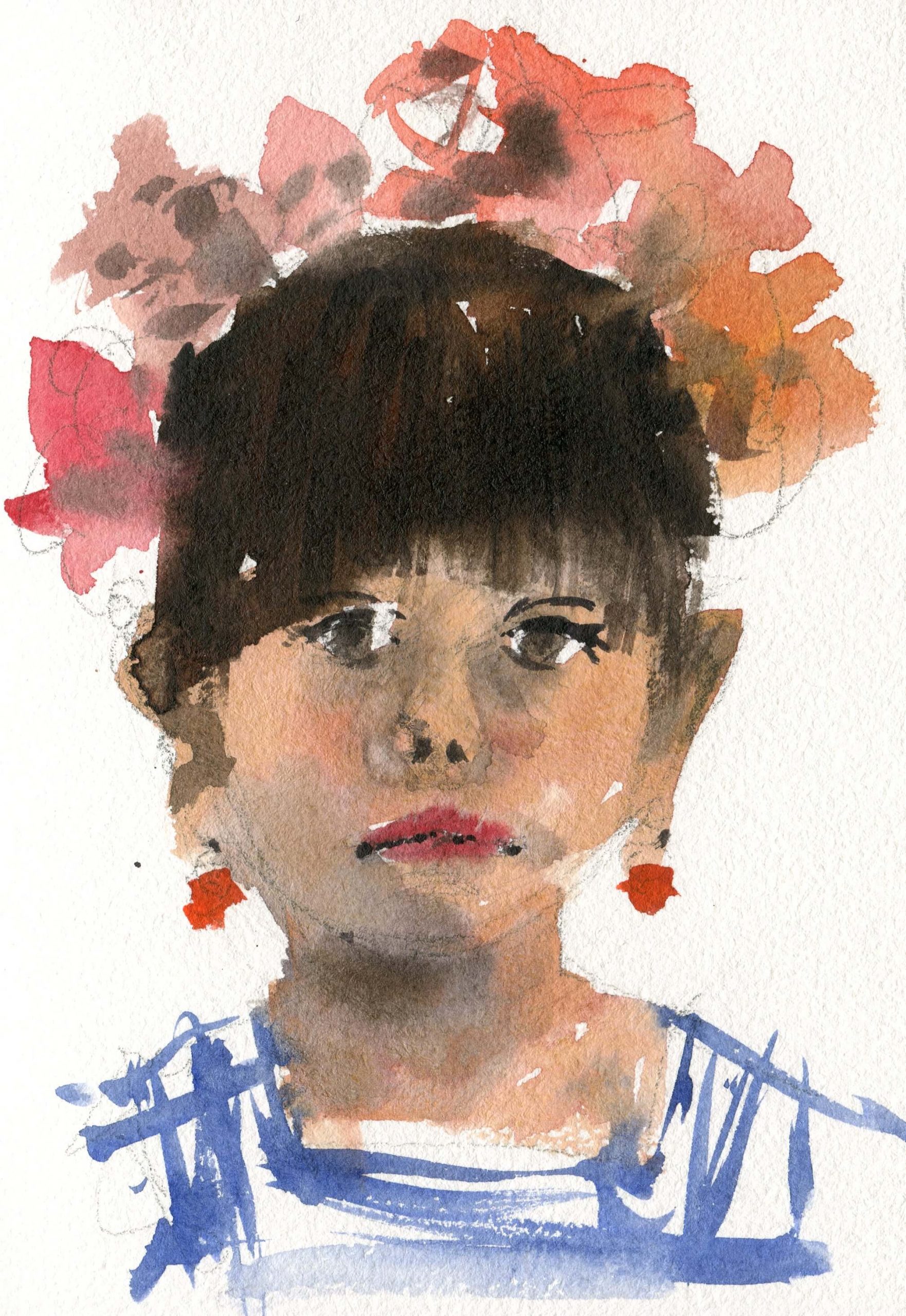
Backgrounds and Finishing Touches
A well-considered background can enhance your portrait by providing context or contrast. Consider whether you want a simple wash of color, a pattern, or a more detailed scene. Ensure the background doesn’t detract from the subject by keeping it subtle or complementary to the portrait colors. Once your painting is complete, take a step back and assess it. You may need to go back in with some final touches to refine edges or intensify shadows. Finally, signing your work is a proud tradition among artists, marking the completion of your creative journey.
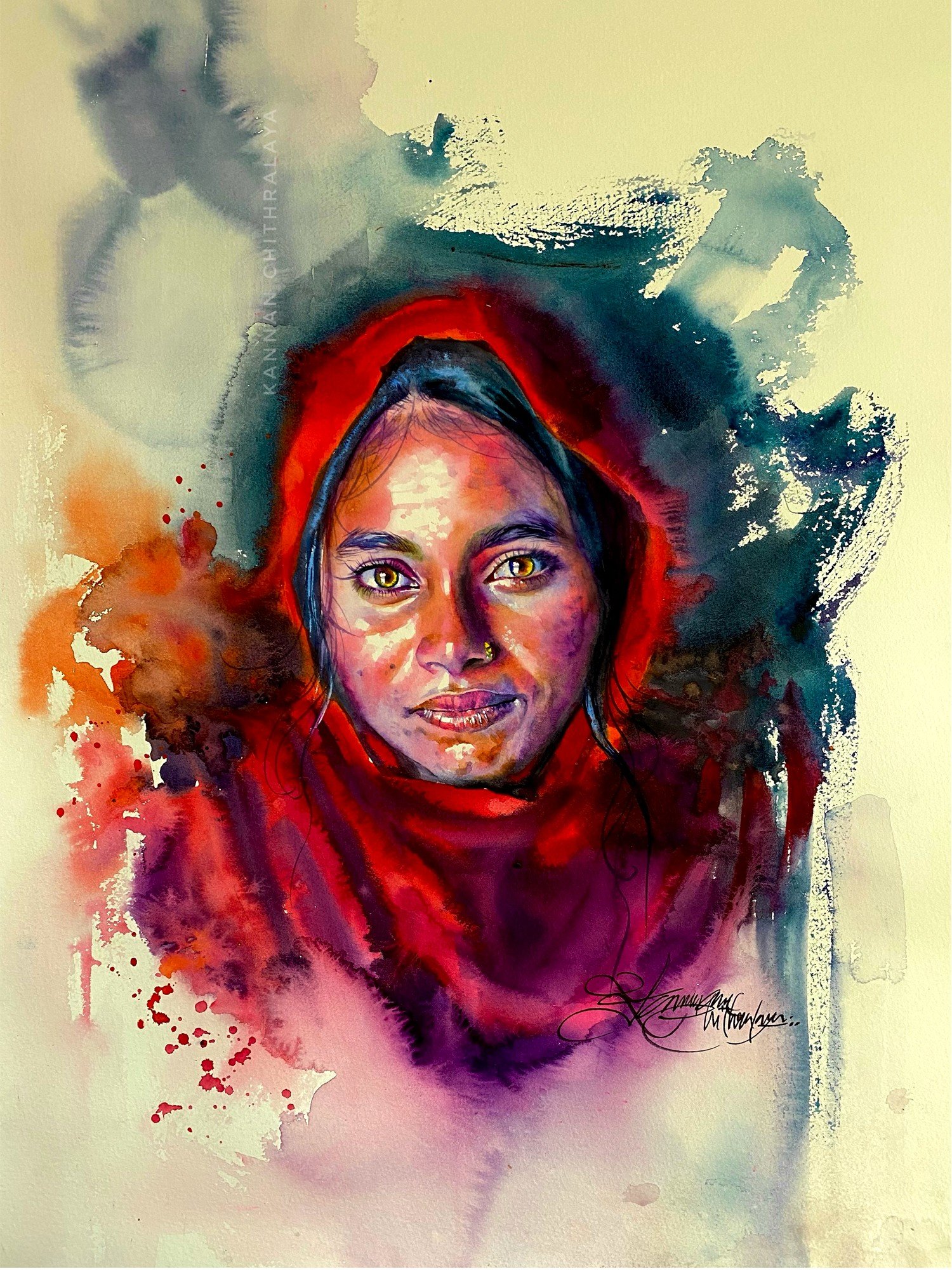
Embracing Mistakes and Continuing Growth
Remember, every artist encounters mistakes, especially when starting out. Embrace these as learning opportunities rather than setbacks. Watercolor’s unpredictable nature can lead to beautiful, unexpected results. With each portrait you paint, you’ll gain more control over the medium and develop your own unique style. Practice regularly, experiment fearlessly, and don’t forget to enjoy the process. Watercolor painting is a rewarding art form that, with patience and persistence, can reveal depths of expression and beauty beyond words.





